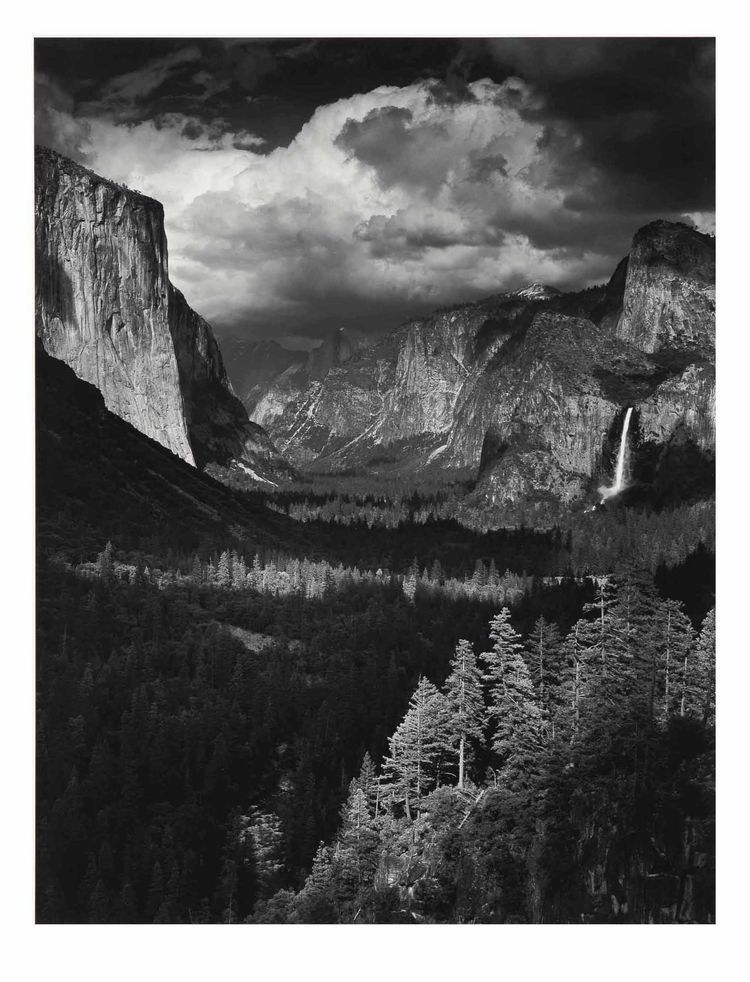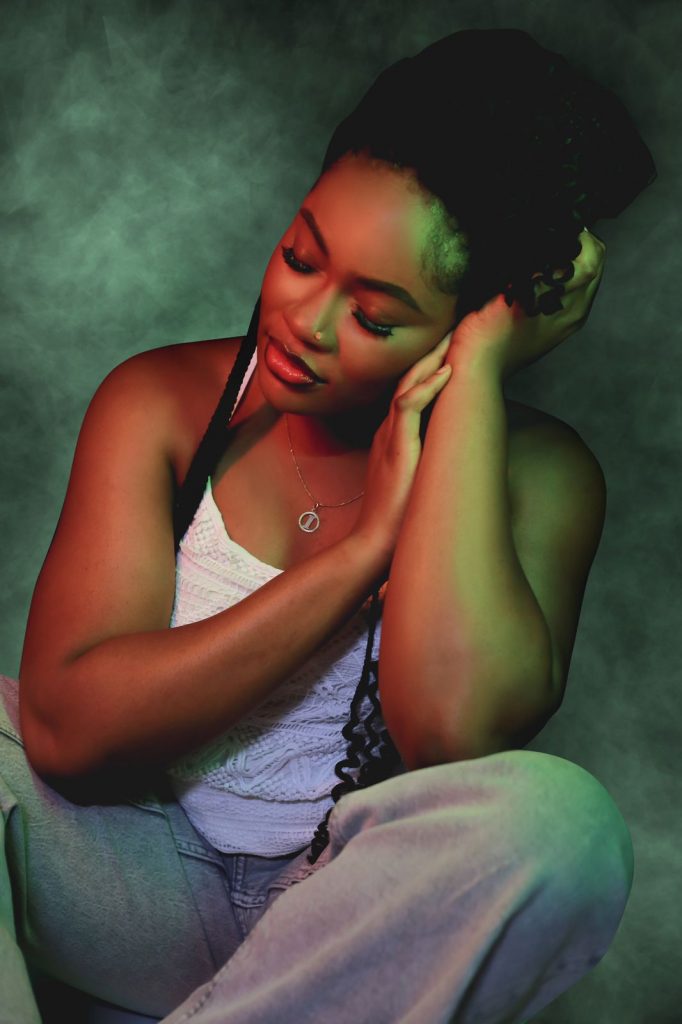Table of Contents
In photography, you frequently encounter the saying, “light is everything!” But what does this expression truly signify? What determines whether light is favorable or unfavorable? While these artistic principles are highly subjective, the key insight is that it all boils down to contrast. In photography, contrast is the factor that defines whether light is considered excellent, poor, gentle, harsh, or falls anywhere in between these qualities. In this article we’ll be giving out guides to High-contrast photography and the different types of high-contrast photos, provide tips and techniques for both capturing and editing, and explore the reasons why photographers love to use high contrast in their work.
Types of High-Contrast Photos
Three Categories of High-Contrast Photography
High-contrast photography isn’t a one-size-fits-all concept; it comes in three distinct flavors:
- Tonal Contrast: Tonal contrast refers to the variation in brightness and darkness within an image. It’s the difference between the lightest and darkest parts of a photograph. Understanding tonal contrast allows photographers to control the distribution of tones in their images, creating a sense of depth, dimension, and drama.
- Color Contrast: Color contrast is the visual distinction between different colors in a photograph. It adds vibrancy, depth, and visual interest to images, making them more engaging and captivating. This contrast can be created by using complementary colors, placing colors with different saturations or values side by side, or by emphasizing a single color in a monochromatic composition. Understanding and harnessing color contrast is essential for photographers, as it can greatly influence the mood, composition, and overall impact of a photo. Whether you aim for harmonious or bold contrast, mastering the interplay of colors can take your photography to a new level of creativity and expression.
- Conceptual Contrast: More abstract than the other types of contrast, conceptual contrast relies on ideas instead of visuals to add contrast to your photos. It tells a story and adds depth while also raising questions, which allows for more engagement and interaction. Photographers use this technique to create thought-provoking and often abstract compositions that challenge the audience’s perceptions. Conceptual contrast can be a powerful tool for storytelling, as it encourages viewers to explore the deeper meaning of an image.
High Contrast Pictures in Black and White

Black and white photography has a timeless appeal that’s made even more striking with high contrast. The monochromatic palette allows you to focus on the interplay of light and shadow in your composition. The contrast in black and white photos can make even the simplest subject feel profound. Notable photographers like Ansel Adams and Sebastião Salgado are famous for their masterful use of high-contrast black and white.
Mastering High-Contrast Techniques

How to Do High-Contrast Photography
Are you eager to try high-contrast photography for yourself? Here’s a quick guide to High-contrast photography :
- Select the Right Subjects: Begin by choosing subjects that will lend themselves well to high-contrast treatment. For silhouettes, consider distinctive shapes; for texture emphasis, subjects with intricate patterns; and for vivid color contrast, scenes with bold colors.
- Lighting is Key: Proper lighting is essential. For silhouettes, place your subject in front of a strong, backlit light source like the setting sun. To emphasize texture and color contrast, experiment with different lighting conditions, including direct sunlight and diffused light.
- Camera Settings: Adjust your camera settings to control exposure. Wide apertures (low f-stop numbers) can help create shallow depth of field and emphasize the subject, while fast shutter speeds reduce the chance of overexposure in bright light.
- Compositional Considerations: Pay attention to your composition. Use leading lines, rule of thirds, and interesting angles to enhance your images.
Differences Between Low-Contrast and High-Contrast Photos
| Aspect | Low-Contrast Photos | High-Contrast Photos |
| Tonal Range | Narrow tonal range with subtle gradations. | Wide tonal range with sharp distinctions. |
| Mood and Emotion | Evokes calmness, serenity, and softness. | Creates drama, intensity, and impact. |
| Visual Impact | Subtle and soothing, often with a dreamy feel. | Bold, captivating, and visually striking |
| Subject Popularity | Suited for delicate, tranquil, or vintage subjects. | Ideal for subjects with strong shapes, textures, or bold colors. |
| Lighting Conditions | Flourishes in overcast, soft, or diffused light. | Thrives in direct, hard, or directional light. |
| Editing Style | Subtle edits to maintain the gentle mood. | Extensive edits to enhance highlights and shadows. |
| Genres | Common in fine art, portraits, and soft landscapes. | Often used in street photography, fashion, and dramatic landscapes. |
| Storytelling | Encourages a sense of serenity and reflection. | Creates dynamic and intense visual narratives. |
| Viewer Engagement | Offers a tranquil viewing experience. | Captures attention and holds viewer interest. |
Why Do Photographers Use High Contrast?

- Emphasis on the Subject: High contrast allows photographers to draw the viewer’s eye directly to the subject by making it stand out against the background.
- Powerful Mood Creation: It’s a tool for conveying and enhancing the mood and atmosphere of an image, whether it’s drama, intensity, or tranquility.
- Visual Impact: High contrast photos tend to be visually captivating and dynamic, holding the viewer’s attention.
- Storytelling: High contrast can be used to tell a compelling story by accentuating certain elements or emotions within the frame.
- Versatility: High contrast photography finds applications across various genres, from street photography to landscapes, depending on the desired effect.
- Artistic Expression: Many photographers use high contrast as a means of creative expression, allowing them to push the boundaries of traditional photography.
Photographers such as Steve McCurry and Richard Avedon have masterfully employed high contrast to capture the essence of their subjects and create unforgettable images.

Read more about Contrast in Photography.
Perfecting Exposure for High Contrast
How Do You Expose for High Contrast?
Exposure is a critical element of high-contrast photography. To achieve the best results, consider the following:
- Spot Metering: Use your camera’s spot metering mode to measure light and exposure for a specific area of the frame, typically your subject. This ensures that your subject is correctly exposed, even if the background is extremely bright or dark.
- Exposure Compensation: Sometimes, your camera’s metering may not get it right. Adjust the exposure compensation to over or underexpose your shot intentionally, depending on your creative vision.
- Use RAW Format: Shooting in RAW provides more flexibility in post-processing, allowing you to adjust exposure, contrast, and color with greater control.
Tips and Tricks for High-Contrast Photography
Enhance Your Skills with Expert Tips

Here are some invaluable tips to help you improve your high-contrast photography skills:
- Effective Use of Polarizing Filters: Polarizing filters reduce reflections and enhance color contrast. They are particularly useful for high-contrast images in vibrant outdoor scenes.
- Timing and Golden Hours: The hours just after sunrise and before sunset, known as the golden hours, offer soft, warm, and directional light that’s perfect for high-contrast shots. Plan your shoots accordingly.
- Experiment with Different Lighting Conditions: Don’t limit yourself to one lighting situation. Try capturing high contrast in various scenarios, from harsh midday sunlight to diffused light on an overcast day.
- Incorporate Color Theory: Understanding color theory can greatly influence your high-contrast color photography. Complementary colors or monochromatic schemes can accentuate the contrast in your images.
Perfect Contrast with the Power of Photo Editing
Leveraging Editing for High Contrast
Editing plays an important role in enhancing high-contrast photos. While capturing the right shot is crucial, the editing process can elevate your images even further. Here are some steps to get you started:
- Shoot in RAW: When shooting high-contrast images, always use the RAW format. It preserves all the image data, giving you more flexibility during the editing process.
- Choose the Right Editing Software: Popular choices for photo editing include Adobe Lightroom and Photoshop, Capture One, and DxO PhotoLab. Select the software that suits your style and workflow.
- Basic Adjustments: Begin by adjusting exposure, contrast, and highlights to refine the contrast in your image. You can also fine-tune the color balance to enhance vibrancy.
- Local Adjustments: Use local adjustment tools, such as the brush or gradient filters, to target specific areas of your image. This allows you to bring out even more contrast and detail.
- Preserve Details: Carefully edit your image while preserving essential details. Push the contrast to achieve a bold look, but be cautious not to lose the subtleties that add depth to your photos.
Create Color Schemes That Emphasize High or Low Contrast
The Art of Color Schemes

Understanding color theory is crucial in high-contrast photography. It helps you choose the right colors to enhance the contrast in your images. Here are some pointers:
- Complementary Colors: Colors that are opposite each other on the color wheel, such as blue and orange or red and green, create strong visual contrast when used together.
- Monochromatic Schemes: Sticking to a single color or its shades can emphasize contrast in texture and tone.
High Tonal Contrast Photography

Tonal contrast, which relates to the difference in brightness between different areas of your image, is a vital element in high-contrast photography. To accentuate tonal contrast:
- Use Dodging and Burning: Dodging brightens areas, while burning darkens them. These techniques can help you refine the tonal contrast in your image during the editing process.
Conceptual Techniques for High-Contrast Photography
Beyond the Basics
Once you’ve mastered the basics, it’s time to explore more advanced techniques:
- Long Exposure High Contrast: Using long exposures can create a surreal and dreamy high-contrast effect. This technique is especially popular for capturing waterfalls, traffic trails, and starry skies.
- Abstract High Contrast: Get creative by focusing on abstract subjects and patterns. Experiment with macro photography to bring out unique textures and shapes.
- Incorporate Motion: Use motion to your advantage. Slow shutter speeds can create a sense of dynamic contrast in your images. Capture moving subjects like people or vehicles against still backgrounds.
High-contrast color photography is a thrilling avenue for photographers looking to make a bold statement with their images. Whether you’re drawn to silhouettes, texture emphasis, or vivid color contrast, understanding the intricacies of high contrast will undoubtedly take your photography to new heights.
By mastering the techniques of exposure, incorporating advanced editing skills, and exploring the variation of color theory, you can create compelling images that leave a lasting impact on your audience.
You can check my Instagram account @Vibe_ztudio feel free to follow and send a direct message. So grab your camera, experiment with high contrast, and let your creativity shine through the power of contrast and color in photography. Go hit that Shutter button.

